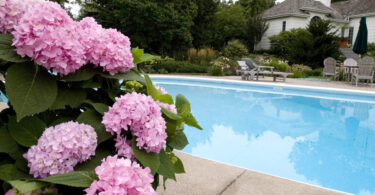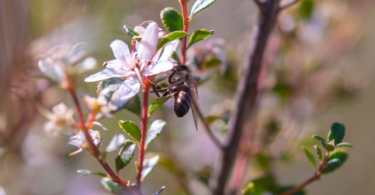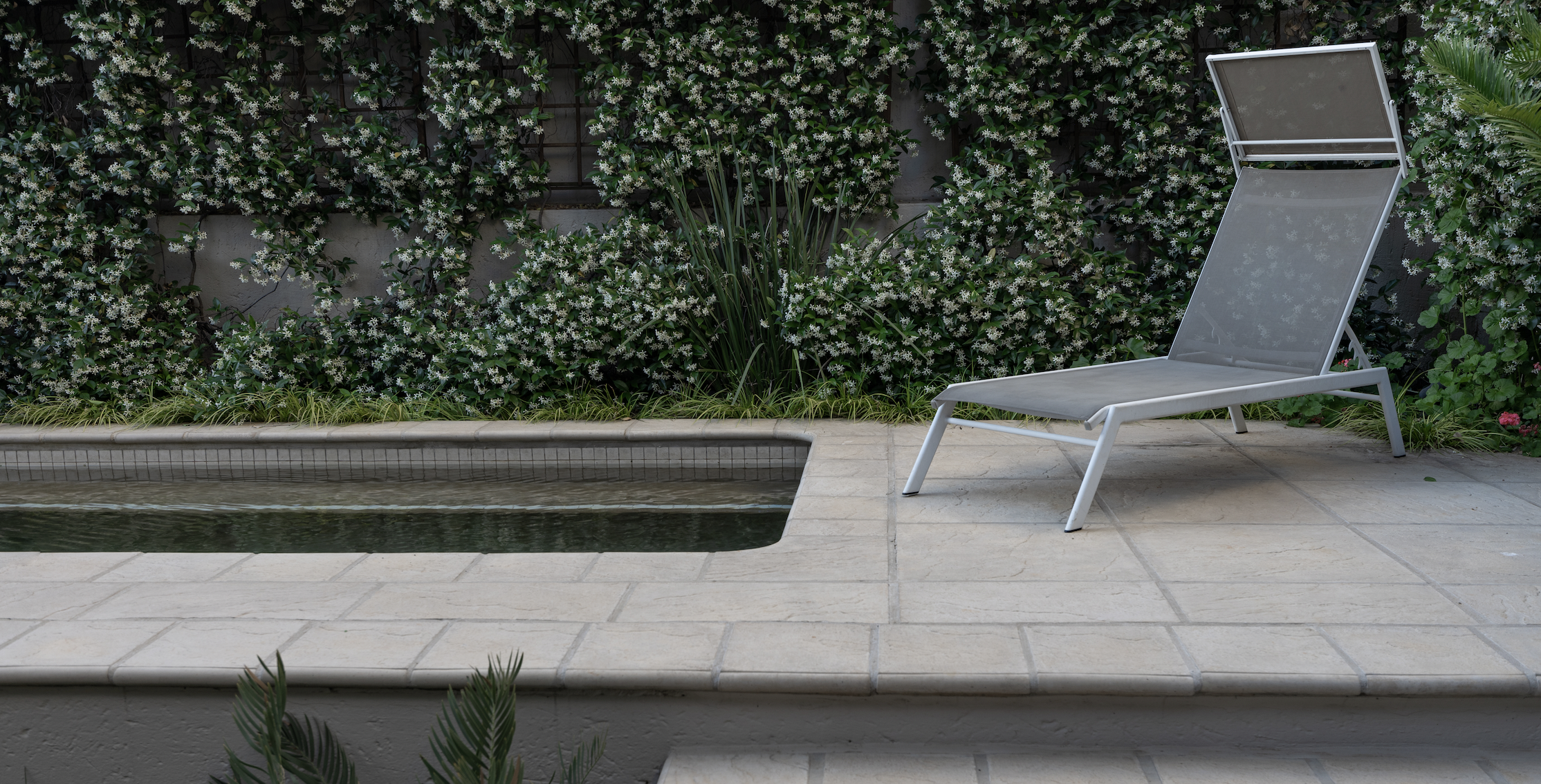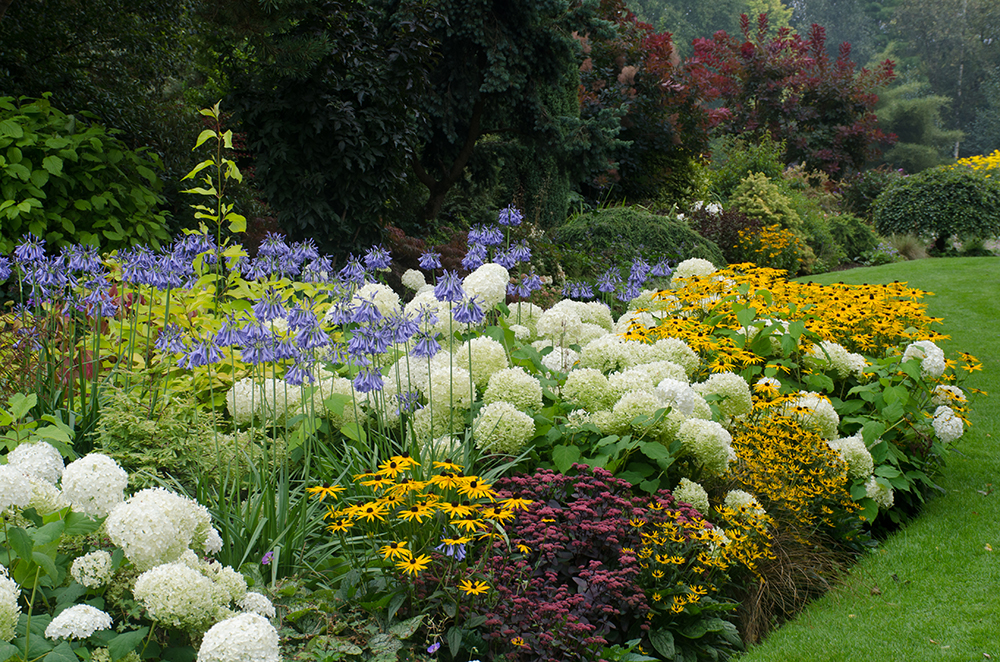With water scarcity a very real challenge in South Africa, it’s important to create gardens that are more adaptable, yet still maintain the aesthetic qualities of a beautiful outdoor space.
“Indigenous”, “endemic”, “sustainable” and “waterwise” have become popular terms. Add concepts such as “xeriscaping” and “microclimate”, and you have a whole mouthful of horticultural tongue-twisters. But what do they mean, and, more importantly, how can you go about incorporating these elements in your garden?
Indigenous versus endemic
Quite simply, indigenous plants and trees occur naturally in a country, while endemic plants grow in specific climate regions. Even more specific, certain plants grow only in a specific microclimate (a climate that is limited to a relatively small area).
Here are some indigenous stalwarts:
• Leucospermum, agapanthus, wild garlic (Tulbaghia violacea), Plumbago auriculata, sagewood (Buddleja salviifolia) and crossberry (Grewia occidentalis) have lovely statement flowers.
• Fast-growing filler shrubs include the blue dune sage (Salvia chamaelagnea) and the bush violet (Barleria obtusa).
• Osteospermum, kingfisher daisies (felicia), carpet geranium (Geranium incanum), blue pincushions (scabiosa) and Namaqualand daisies make good groundcovers.
Why plant endemic? Plants that are most likely to do well in your garden are those that are endemic to your region and the surrounding landscape. As South Africa has a diverse landscape and climate, plants and trees vary greatly from one region to the next. Many plants that are indigenous to South Africa won’t cope with the harsh Karoo climate, or may get all sorts of diseases in humid KwaZulu-Natal weather. Then there are plants, such as fynbos, that need winter rainfall to thrive, making them less suitable for summer-rainfall areas.
TIP: Visit a local indigenous nursery to find out what plants will do well in your region.
Hardy plants
“Hardy” is a generic term used to refer to plants that are resistant to wind, drought, frost and even pests. Hardy indigenous plants, such as succulents, can withstand hardship and thrive in extreme conditions.
Xeriscaping
This form of landscaping has one ultimate goal: no additional water. Xeriscaping mimics the region that surrounds it, thus attracting local fauna to complete the lifecycles in the garden. Natural water is all these gardens get, and while it’s a challenge to begin with, once the garden is established, it is virtually maintenance-free. Plants such as succulents and aloes are ideal for this type of landscaping.
Additional information: Craig de Necker from The Friendly Plant, Life is a Garden

Namaqualand Daises, Image: Life is a Garden

Crassula, Image: Life is a Garden

Leucospermum, Image: Life is a Garden

Osteospermum , Image: Life is a Garden









Leave a Comment